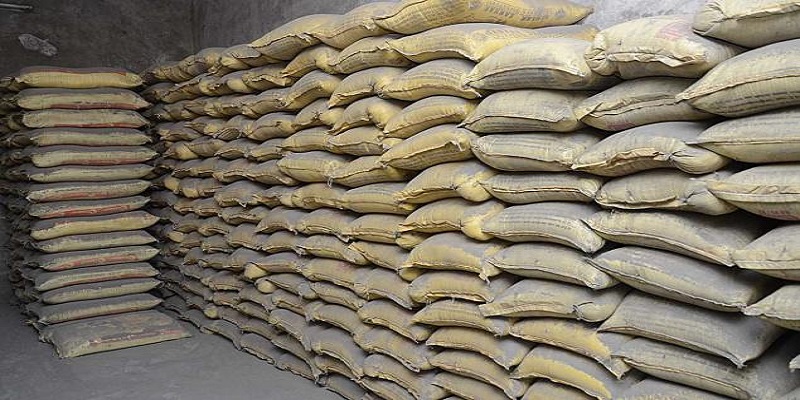Slow but steady growth in US cement consumption


Published by Jonathan Rowland, Editor
World Cement,
US cement demand is likely to grow at a moderate pace over the coming years, underpinned by strength in the US economy, according to Ed Sullivan, Senior Vice President and Chief Economist at the Portland Cement Association.
Growth will not be as quick as some had anticipated, while recent policy decisions by the Trump Administration could throw up some bumps in the road.
Speaking at the IEEE-IAS/PCA Cement Industry Conference in Nashville, Sullivan stressed the current vitality in the US economy was likely to continue over the next few years. ”Downturns in cycles don’t occur because they are old,” Sullivan said. “They result from economic imbalances. Cycles correct the imbalances.”
This underlying economic strength – which will see real GDP growth of 2.9% this year – will support cement demand growth, Sullivan continued. According to the PCA’s Spring Forecast, US cement consumption with rise 2.8% in 2018 and 2019, accelerating to 4% in 2020. That would put consumption at 106.1 million t by the end of the forecast period.
Despite the positive guidance, Sullivan noted a number of risks to the downside that could impact cement consumption.
On the policy side, the impact of tax reform – while providing a boost to economic growth – will also stimulate inflation and likely prompt an interest-rate response from the Federal Research. Rising inflation will also further wage pressures in a construction industry that is already short of skilled workers – a situation the tighter immigration environment in the US could also exacerbate.
According to Sullivan, the shortage of skilled workers is already slowing home starts by around 100 000 per year.
There is also a risk posed by alternative building materials. Wood is growing market share in the construction of mid-rise buildings, said Sullivan, pushing down cement intensity of new construction projects.
On the infrastructure side, the outlook is slower than many had originally anticipated with little additional infrastructure spending coming online until 4Q19 at the earliest. Spending will also be stretched over a longer period of time, said Sullivan, while there are serious questions over the size of the spend, as well as the cement intensity of the infrastructure projects.
According to the Trump Administration’s plan, federal funding will account for only 20% of the total infrastructure spend – or US$200 billion. The remaining US$1.3 trillion is to be found from state, local, and private sources – a figure that may prove optimistic given the precious condition of state and local finances in the US.
Already US$3.1 trillion in debt, state and local governments are facing a squeeze on resources from rising spending on so-called entitlements, such as healthcare and social security. These areas are already sucking spending from public construction spending: a reversal of this course to help fund infrastructure spending appears unlikely, Sullivan said, meaning any infrastructure plan’s impact on cement demand will be much more muted than had been forecast.
A final risk – albeit one that Sullivan sees receding in likelihood at present – relates to tariffs and a potential trade war. This could send the economy into recession, Sullivan said, with a resulting contraction in cement demand. “It is a short term risk and should be kept in mind,” the PCA economist said.
These potential stumbling blocks notwithstanding, Sullivan expects a sustained rise in US cement consumption continuing past 2020 and out to the mid-2030s. This will see consumption overtake current installed supply capacity by the late 2020s or early 2030s – meaning at some point over the next decade US cement producers will need to invest in capacity additions.
Source: World Cement
Recent Posts
Mobilizing Resilient Design and Construction
Implementing a multifaceted strategy can motivate state and local governments to prioritize resilient design and…
Insurance Pricing: Navigating a New Era of Risk
The growing frequency and severity of climate-related disasters present a significant challenge for the insurance…
Designing for Resilience … It’s A Must
We see far too often structures built to current code that lack planning and design…
What are the Real Benefits of Designing for Resilience
While designing for resilience requires initial investments, the long-term payoffs often far outweigh these costs.…
Reducing Disaster Risks and Protecting Insurability in the Pacific Northwest
Proactive measures to enhance resilience and preparedness are critical to mitigating insurability risks. This will…
How to Achieve More Resilient Building Codes
More comprehensive disaster prevention perspectives are needed to enable communities better to withstand the increased…


